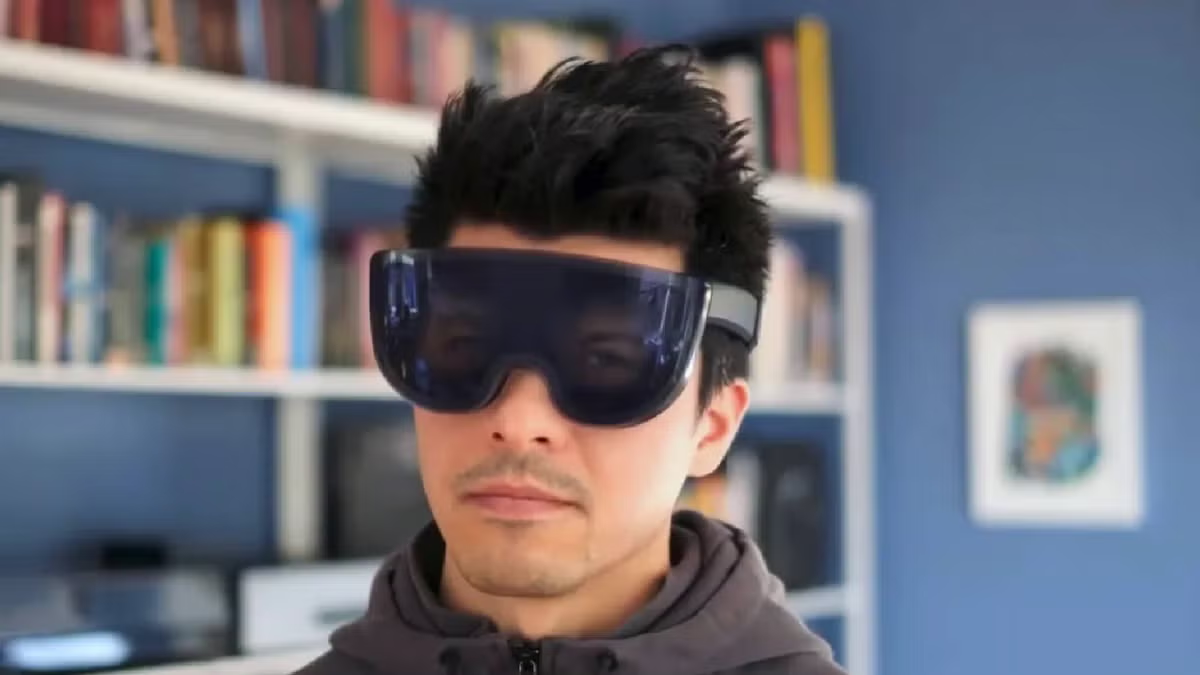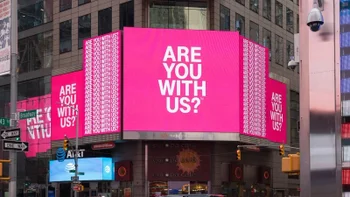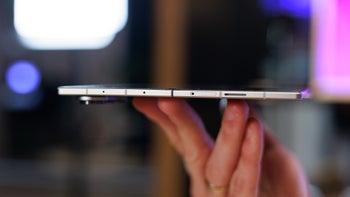Mirror, mirror on the wall, Is Meta's Mirror Lake the coolest VR concept of them all?

Guys, check this out: Meta's just revealed a render of its Mirror Lake prototype. Remember the one it teased last year, during summer? Well, Douglas Lanman, the Director of Display Systems Research at Meta, says it's now totally buildable with today's tech. This reveal happened during his talk at The University of Arizona, and the seminar was all about turning this cool concept into reality for the best VR headsets.
Here's what would theoretically be packed into this prototype:
Now, before we dive in, let's set the record straight: Mirror Lake isn't something that you'll be able to find on store shelves anytime soon. It's more like a glimpse of what could be, rather than what is. But, according to the big boss, Mark Zuckerberg, this kind of tech might just be part of our VR world later this decade.

Check out the concept render at 1:01:01 in the video!
So, what's the deal with Mirror Lake, and why is everyone buzzing about it?
First up, let's talk about this cool thing called Electronic Varifocal — sounds fancy, right? — it's all about ditching those pesky fixed-focus lenses that are a bit of a bummer in current VR headsets. So, Meta’s using this clever stack of liquid crystal lenses that can adjust focus on the fly. The lens adjusts focus depending on where you're looking in the virtual environment. This makes for a more natural, comfortable viewing experience!
Then there's Holocake lenses. These aren't your usual lenses: they are flat, holographic and use this fancy optical folding trick to shrink down the size of the headset. The catch? They need special laser light sources, which are currently a bit of a headache in terms of size and cost for users.
And here's something more: a reverse passthrough feature. It’s kind of like what Apple Vision Pro's EyeSight does. It shows a rendered view of your upper face to others in the virtual world. Meta's been toying with this idea for over two years, aiming to make your virtual hangouts feel more like real-life interactions.
But, let's not get ahead of ourselves. Turning Mirror Lake from a dream into a product you and I can buy is still a big challenge, especially when it comes to those not-so-budget-friendly Holocake lenses.
Well, Mirror Lake does look like it could be capable of outshining the Quest 3. That would mean sharper, more lifelike visuals and a headset that's way lighter on your head — cheers to those slim Holocake lenses! Plus, with the reverse passthrough feature, your virtual hangouts are going to feel super real.
So, what's the bottom line? Mirror Lake is Meta's way of saying, "Look at the cool stuff we can do with VR!" It's not ready for your living room yet, but it sure is exciting to think about where VR is headed. And who knows? In a few years, we might all be wearing something like Mirror Lake to our favorite virtual worlds.
- Holographic optics.
- Retinal resolution display
- Variable focus module
- Multi-view eye tracking
- Neural passthrough
- Reverse passthrough
Now, before we dive in, let's set the record straight: Mirror Lake isn't something that you'll be able to find on store shelves anytime soon. It's more like a glimpse of what could be, rather than what is. But, according to the big boss, Mark Zuckerberg, this kind of tech might just be part of our VR world later this decade.

Check out the concept render at 1:01:01 in the video!
So, what's the deal with Mirror Lake, and why is everyone buzzing about it?
First up, let's talk about this cool thing called Electronic Varifocal — sounds fancy, right? — it's all about ditching those pesky fixed-focus lenses that are a bit of a bummer in current VR headsets. So, Meta’s using this clever stack of liquid crystal lenses that can adjust focus on the fly. The lens adjusts focus depending on where you're looking in the virtual environment. This makes for a more natural, comfortable viewing experience!
And here's something more: a reverse passthrough feature. It’s kind of like what Apple Vision Pro's EyeSight does. It shows a rendered view of your upper face to others in the virtual world. Meta's been toying with this idea for over two years, aiming to make your virtual hangouts feel more like real-life interactions.
Douglas Lanman dropped another interesting tidbit: to make Mirror Lake sleek and light, Meta might have to move some parts, like the computer and battery, out of the headset. That's a bit of a change from the all-in-one design we're used to with the Meta Quest headsets such as Quest 3, Quest 2 and Quest Pro.
Well, Mirror Lake does look like it could be capable of outshining the Quest 3. That would mean sharper, more lifelike visuals and a headset that's way lighter on your head — cheers to those slim Holocake lenses! Plus, with the reverse passthrough feature, your virtual hangouts are going to feel super real.
So, what's the bottom line? Mirror Lake is Meta's way of saying, "Look at the cool stuff we can do with VR!" It's not ready for your living room yet, but it sure is exciting to think about where VR is headed. And who knows? In a few years, we might all be wearing something like Mirror Lake to our favorite virtual worlds.
Follow us on Google News












Things that are NOT allowed:
To help keep our community safe and free from spam, we apply temporary limits to newly created accounts: